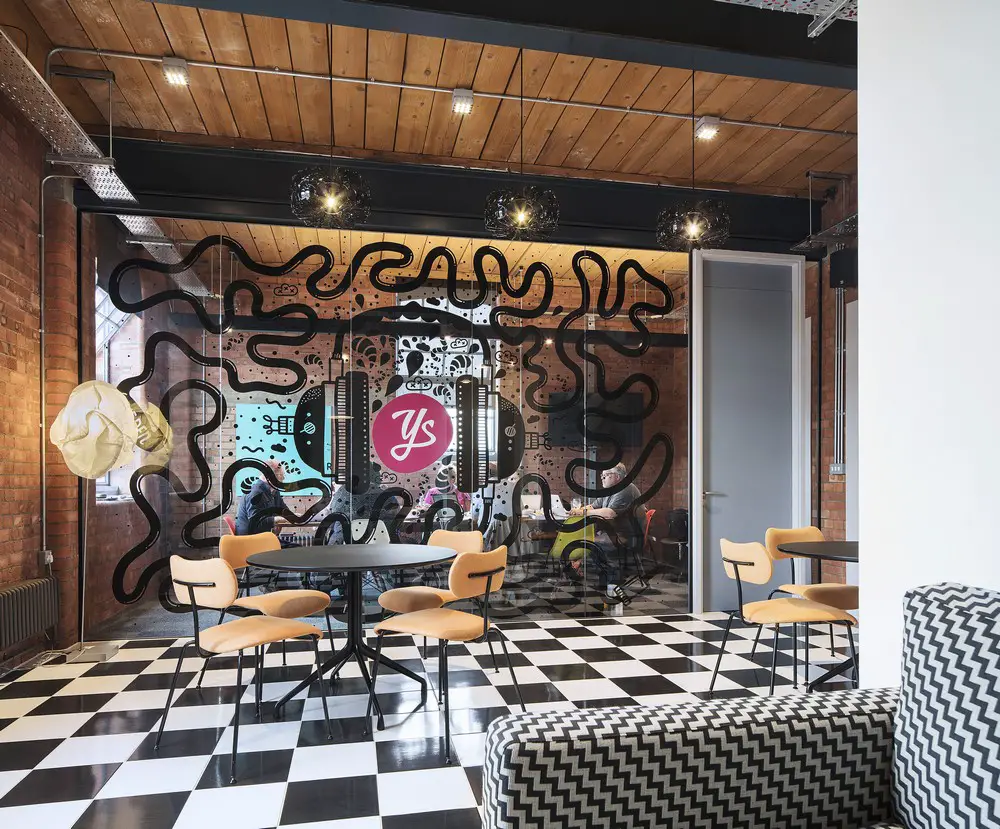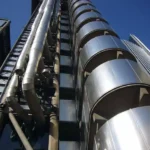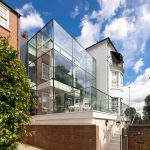Luton & Dunstable University Hospital Twin Theatres building refurbishment, English healthcare property
Luton & Dunstable University Hospital Twin Theatres, UK
Bedfordshire Architecture, England, United Kingdom
29 June 2020
The project to project to build the Luton & Dunstable University Twin Theatres was awarded to MTX after a competitive tendering process. MTX was proud to be awarded the scheme that would bring such essential resources to the local area. The multi-million-pound project was required to deliver not only the operating theatres but also an eye clinic to the hospital.
The brief
It was recognised that the area was experiencing a larger patient intake, and more space was required to cater for this additional population. The awarding of this project was part of a much broader plan for construction envisioned by the local health trust. There was significant ambition for further development of the hospital.
The solution
The modular construction offered by MTX was a permanent solution to the construction needs of the hospital. The project was complicated by the need for the main site to remain operational. Consequently, it needed to be safe for users. The addition to the hospital also needed to fit in with the broader plans envisioned by the health trust.
The project was completed in phases. First, there was the demolition and enabling package that removed the current inadequate facilities. There was a need for a temporary Eye Day Surgical Unit (EDSU) for use during the construction of the permanent facilities. Then, there was the construction phase, with the building of the new twin ultra-clean canopy theatre complex. MTX is experienced in dealing with such complex logistical projects and managed the timeline with expertise.
The design specifications for the final build were provided by architectural partners IBI Group and M&E Consulting Engineers DSSR. MTX worked alongside this partnership to produce bespoke designs and construction. The plan involved two additional storeys of accommodation for patients and healthcare professionals. The building was to be adjacent to the existing hospital, so a new connection was also construction to link this new facility to the existing ones. The health trust hoped that the connection of the buildings would mean that the new theatre facility would be used in full cooperation and coordination to the main hospital. It was thought that a completely separate site would lead to fractured thinking in the delivery of healthcare to patients.
The scope of the project is revealed by the amount of room that was created for the hospital. The ground floor of the new building included the twin theatres, scrub room, anaesthetic rooms, a 24-bed recovery area, consulting rooms, changing area and the welcoming central reception, and waiting room.
During the fit-out, M&E included three AHUs to provide ventilation to each of the separate departments with the facility. There were also ceiling-mounted radiant panels, medical gases, smoke fire dampers, LED lighting, a call system for the nurses and a video intercom system for staff. Due to the complexity of the medical equipment needed, the entirety of the first floor was devoted to the plant room.
This facility offered the hospital a further 1450m2 of medical facilities. The design of the building was state-of-the-art, while the timber cladding and glass frontage made this an attractive addition to the site.
The Main Considerations
This was a complex project. MTX had to work on a live hospital site alongside other third-party contractors. As you can imagine, the coordination and communication required were essential to the successful completion of the work. This was not just about the logistics of who was on-site and for how long; it was also the continued health and safety of the site and success of the infrastructure works.
A modular solution eased many of the potential problems of such a construction. Much of the structure was complete off-site and delivered to the area complete. This allowed for MTX to hand over almost immediately to M&E for the fit-out.
There was also the complexity of connecting the current site to the new facilities. There was the need for a connecting walkway from the new theatres and the live department through linkway breakthroughs. These links had to be built while patients were still using the site, so keeping everyone safe was a significant priority.
There was a significant amount of forward-planning to ensure this project ran smoothly. It was clear that any potential risks had to be identified upfront and a resolution devised. There was no way that the contractors involved could disrupt the hospital activities with any confusions or missteps. It was impressive to see these careful plans put into action.
Comments on this Luton & Dunstable University Hospital Twin Theatres article are welcome.
Location: Luton & Dunstable University Hospital Twin Theatres, Luton, England, UK
Luton Buildings
Luton Building Designs
Youthscape HQ Honoured for Social Responsibility in Commercial Interiors
Architects: HOK
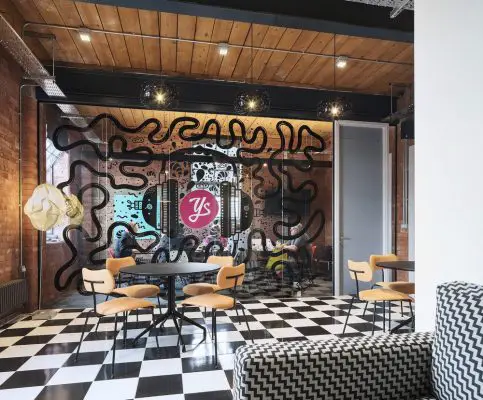
image from architects
Youthscape HQ Luton Building
London Luton Airport Terminal : Signature Flight Support
Design: 3DReid
London Luton Airport Terminal
Carnival Arts Centre, Luton
Design: Ash Sakula Architects
Carnival Arts Centre Luton Building
The University of Bedfordshire New Luton Campus
Design: RMJM Architects
Luton Campus
Bedforshire Buildings – Selection
New Cranfield University Buildings
Design: CPMG Architects
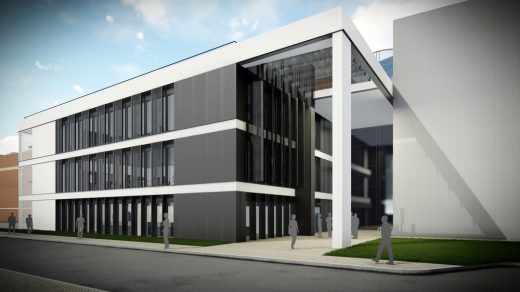
images courtesy of architects office
Cranfield University Buildings
The Long Barn Studio
Design: Nicolas Tye Architects
The Long Barn Studio
The Long Barn
Design: Nicolas Tye Architects
The Long Barn
Design: Foster + Partners
Langley Academy Slough
Comments / photos for the Luton & Dunstable University Hospital Twin Theatres Bedfordshire page welcome
Website: HOK

